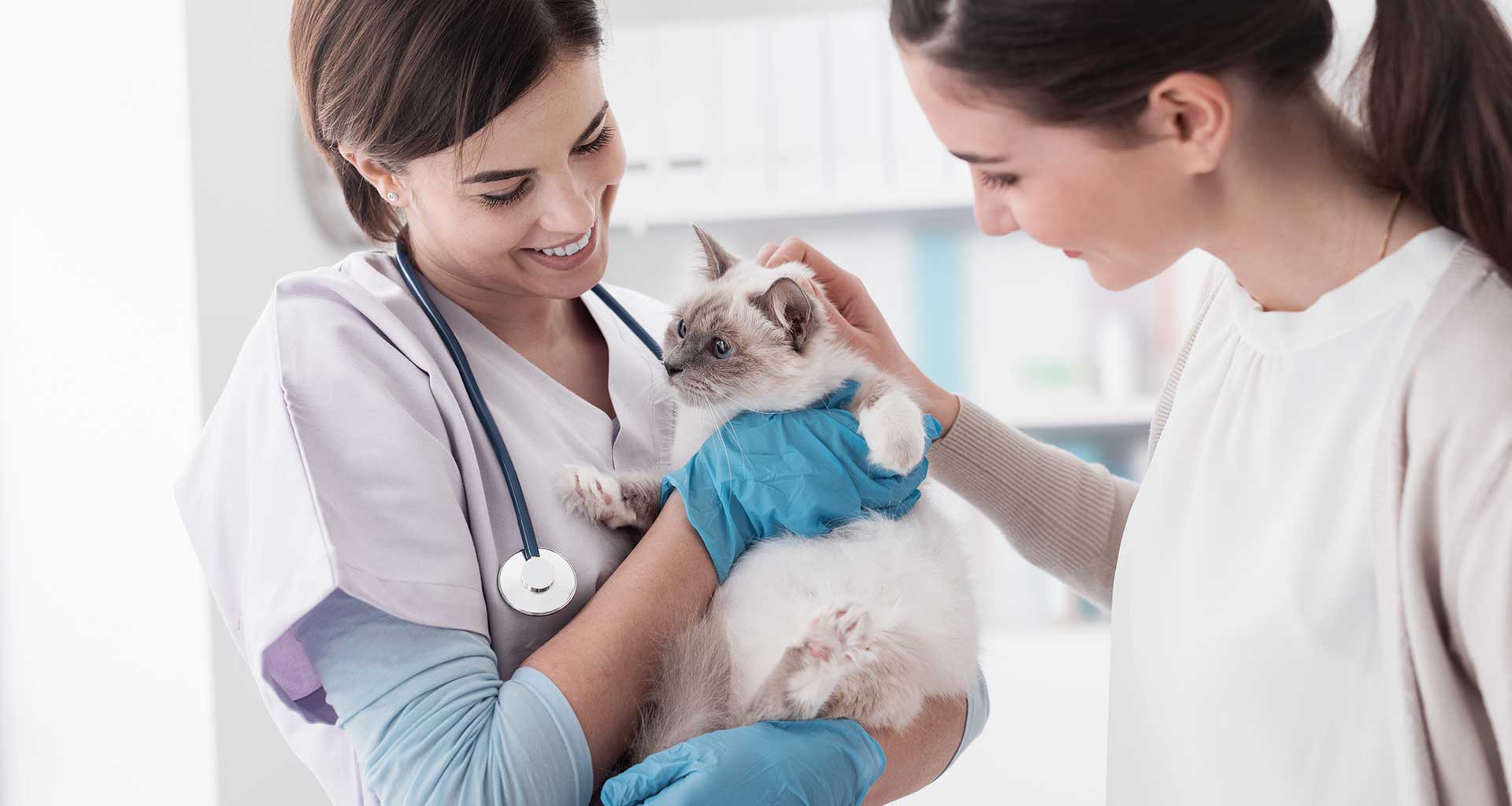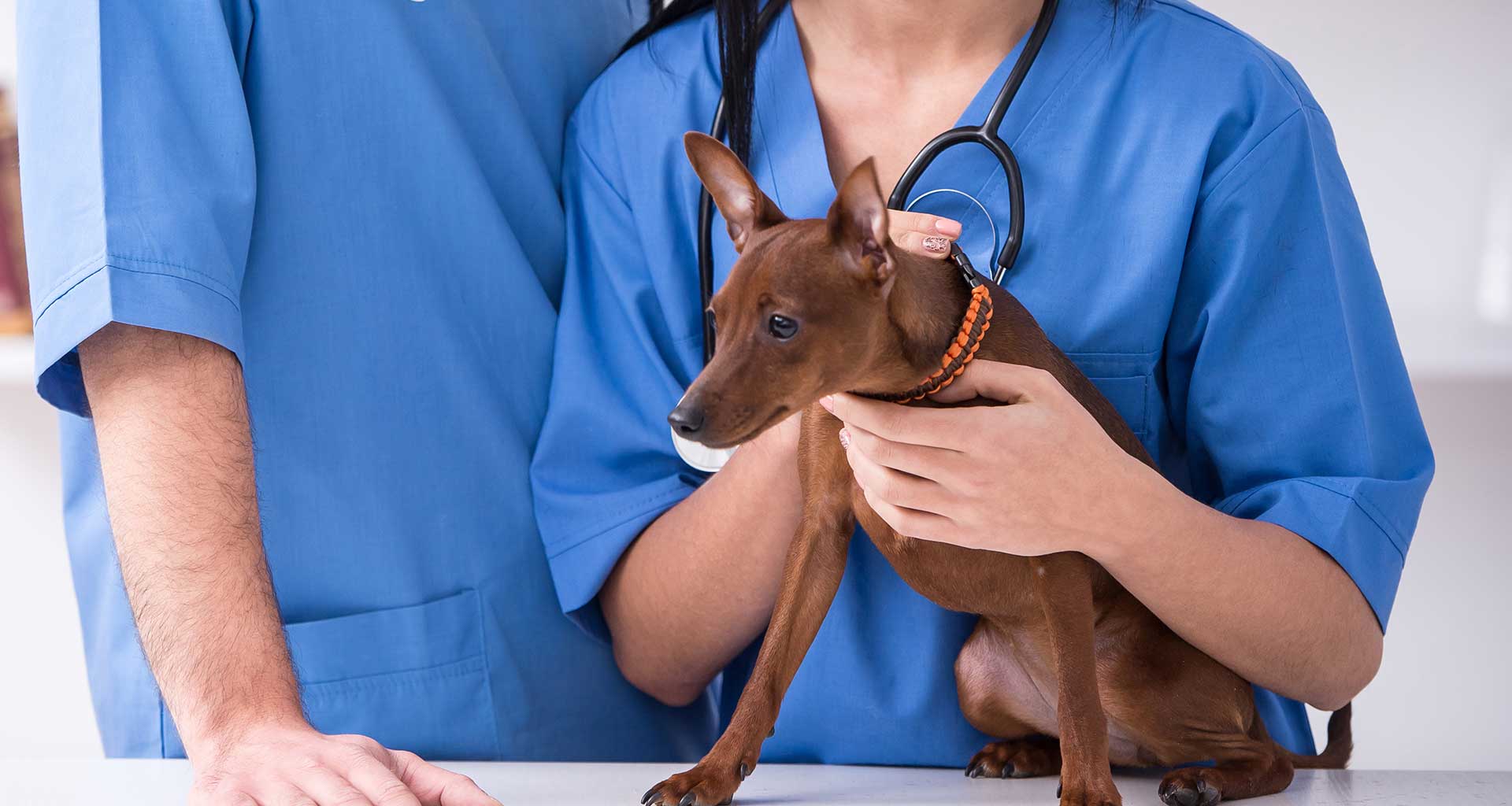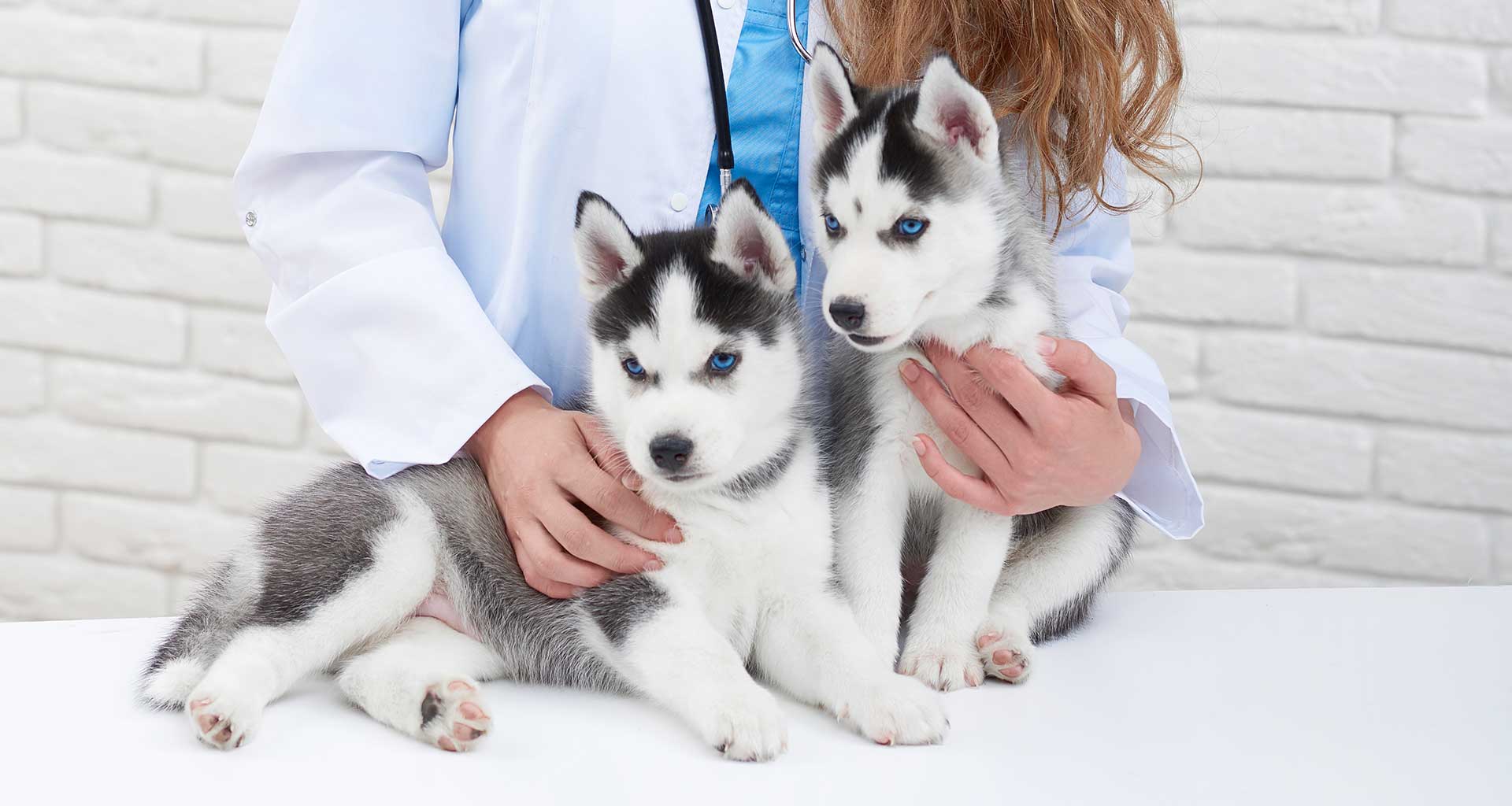As a veterinarian, one of the most challenging conversations to have with pet owners is discussing cancer care. It’s such an emotionally charged topic and the diagnosis alone can cause fear and anxiety for both pet owners and their beloved pets. However, understanding the types of treatments available, as well as the associated risks and benefits, helps pet owners make informed decisions regarding cancer care.
Types of Pet Cancers
The diagnosis of pet cancer is heart breaking for most pet owners. Caring for our beloved companions is often a difficult and challenging task, but understanding the types of cancers that can affect pets is an important part of being a pet parent. Although there are many kinds of cancer, some occur more frequently in pets than others.
The most common types of pet cancer include lymphoma, mast cell tumours, osteosarcoma (bone cancer), squamous cell carcinomas (skin cancers), and transitional cell carcinomas (bladder/urinary tract cancers). Other less common forms include hemangiosarcomas (blood vessel wall tumours), mammary gland tumours, soft tissue sarcomas, and testicular neoplasms. Additionally, pets may also be diagnosed with various metastatic or secondary forms of cancer which often originate from another primary tumour elsewhere in their bodies.
Cancer can affect pets like it affects humans, but the types of cancers are different. There are many types of pet cancers that may be seen for cats, dogs and other animals. Here is a list of some common pet cancers:
- Mast Cell Tumours: These tumours develop from mast cells in the skin and often look like lumps or bumps on the surface of the skin. Treatment typically involves surgery or chemotherapy.
- Hemangiosarcoma: This type of cancer develops from the cells that line blood vessels and is commonly found in both dogs and cats. Symptoms vary depending on where it’s located in the body, but may include sudden weakness and difficulty breathing. Surgery is typically recommended to remove as much as possible followed by chemotherapy if needed.

Symptoms of Pet Cancers
Early detection can make a significant difference in your pet’s treatment options and overall outcome. Unfortunately, the signs of cancer in pets are not always obvious. It’s important to pay close attention to any unusual changes in your pet’s health or behaviour.
Common symptoms include:
- Unexplained weight loss or gain
- Lumps or bumps under the skin
- Changes in appetite or eating habits
- Vomiting or diarrhoea without a clear cause
- Excessive thirst or urination
- Difficulty breathing or moving
- Changes in coat condition, such as excessive shedding or baldness
If you notice any of these symptoms, it’s best to consult your vet as soon as possible. Not all of these signs indicate cancer, but they are worth investigating early.
Diagnosing Pet Cancers
Pet owners should visit the vet if they notice any changes in their pet’s behaviour or appearance. Diagnosis typically begins with a physical exam and a review of the pet’s medical history. If cancer is suspected, the vet may recommend tests such as blood work, X-rays, or biopsies to confirm the diagnosis and assess its severity. Your veterinarian will guide you through each step and help you understand the best options for your pet’s care.





